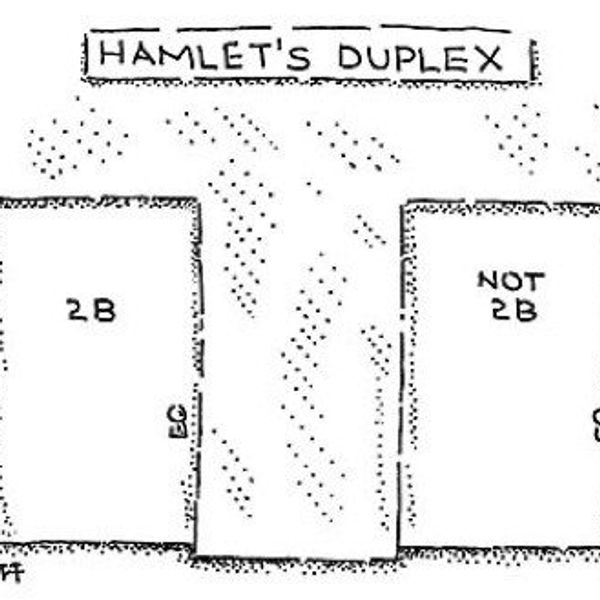Every day, minorities strive to contribute to society's progress. Even though they often get overlooked, 'Hidden Figures' is the proof that stories do not stay silent for long. The movie is a rare valid historic inspiration worth of repeated viewings. The chemistry between Octavia Spencer, Janelle Monáe, and Taraji P. Henson was an inferno, especially in the scene where the car breaks down and their characters' tension come out of their pores. It was as if acting and the friendship between them were interchangeable.
Despite 'Hidden Figures' taking place in the Jim Crow Laws era of The United States of America, the movie is drenched with different shades of color that set the mood of different scenes. When a young Katherine Coleman is told the value of her education, the movie starts with somber color to dictate the seriousness behind the concept. Whenever it would rain, those bright colors would transition to darker shades, signifying the crashing down of the characters, like Katherine's when she exploded and had to explain why she disappears every day at work. Interesting enough, bright colors were also used to represent hope, like when Mary Jackson got to convince the judge to let her study in an all-white school.
Even though an important aspect of the story line is surrounded by racism and segregation, the rollercoaster that the theme of hope rides becomes an important message throughout the movie. This one in particular made me cry: when Al Harrison (Kevin Costner) told Katherine she could be out a job, after being of crucial help to the Space Task Group and when Mitchell (Dunst) said that Octavia's character may never become a supervisor. She did, by the way. Sandie Angulo Chen said "Henson, Spencer, and Monáe's stellar performances propel this feel-good biographical drama that teaches audiences about a little-known aspect of NASA's history."
And I couldn't have said it better myself. The humor and sass they provide made everyone clap in the theater. As annoying as that was, I clapped too. They gave "hidden figures." a whole new meaning. Many civil rights are known for the righteousness and sacrifice made by our beloved figures. However, they are not all rainbows and butterflies. Levi Jackson, Mary Jackson's husband, said that civil rights movements are not civil. They have to bear the horrendous flaws of the country. Putting the movie aside, that didn't stop the real women, Katherine Johnson, Mary Jackson, and Dorothy Vaughn from pursuing what they believed in. Whether life's disabilities left them outcast, bullied, and teased, they rejoiced and loved themselves, and all they knew they were capable of achieving. As we should do as well.





















